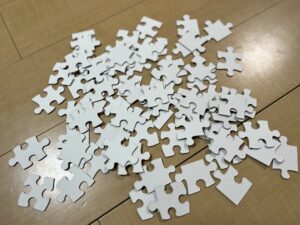Chimera RNA transcribed from integrated HPV18 genome with adjacent host genomic region promotes oncogenic gene expression through condensate formation
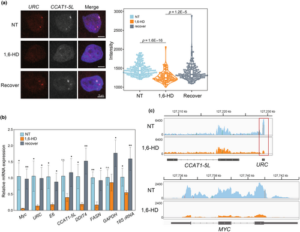
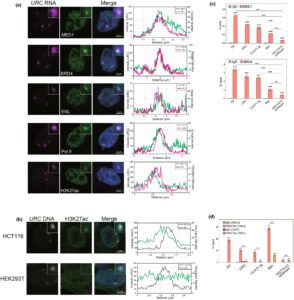
子宮頸がん患者由来のHeLa細胞では、宿主ゲノムにヒトパピローマウイルス18型(HPV18)が挿入されています。この論文では、挿入されたHPV18から転写されるRNAが足場となって液滴様のボディが形成されることで、がん原遺伝子c-Mycの転写が過剰活性化されていることが明らかとなりました。
Abstract: Most cervical cancers are caused by human papillomavirus (HPV) infection. In HeLa cells, the HPV18 viral genome is integrated at chromosome 8q24.21 and activates transcription of the proto-oncogene c-Myc. However, the mechanism of how the integrated HPV genome and its transcribed RNAs exhibit transcription activation function has not been fully elucidated. In this study, we found that HPV18 transcripts contain an enhancer RNA-like function to activate proximal genes including CCAT1-5L and c-Myc. We showed that the human genome-integrated HPV18 genes are activated by transcription coregulators including BRD4 and Mediator. The transcribed HPV18 RNAs form a liquid-like condensate at chromosome 8q24.21 locus, which in turn accumulates RNA polymerase II. Moreover, we focused on a relatively uncharacterized transcript from the upstream region of CCAT1, named URC. The URC RNA is transcribed as a chimera RNA with HPV18 and is composed of the 3′-untranslated region of the HPV18 transcript. We experimentally showed that the URC contributes to stabilization of HPV18 RNAs by supplying a polyadenylation site for the HPV18 transcript. Our findings suggest that integrated HPV18 at 8q24.21 locus produces HPV18-URC chimera RNA and promotes tumorigenesis through RNA-based condensate formation.
Authors: Kazuki Furugori, Hidefumi Suzuki, Ryota Abe, Keiko Horiuchi, Tomohiko Akiyama, Tomonori Hirose, Atsushi Toyoda, Hidehisa Takahashi
Journal: Genes to Cells, 2024
DOI: 10.1111/gtc.13121
投稿者プロフィール

- 横浜市立大学大学院医学研究科 分子生物学 講師 (医学部 分子生物学教室)
最新の投稿
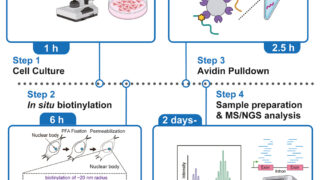 令和7年度(FY2025)2025.08.02Protocol for identifying components of subcellular compartments by antibody-based in situ biotinylation
令和7年度(FY2025)2025.08.02Protocol for identifying components of subcellular compartments by antibody-based in situ biotinylation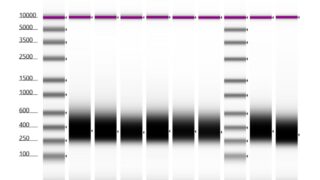 ノンドメインブログ2025.08.02次世代シーケンス はじめました
ノンドメインブログ2025.08.02次世代シーケンス はじめました 令和6年度(FY2024)2024.09.21Multi-omics analysis using antibody-based in situ biotinylation technique suggests the mechanism of Cajal body formation
令和6年度(FY2024)2024.09.21Multi-omics analysis using antibody-based in situ biotinylation technique suggests the mechanism of Cajal body formation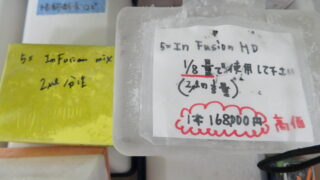 ノンドメインブログ2024.06.15遺伝子クローニングとコストダウン
ノンドメインブログ2024.06.15遺伝子クローニングとコストダウン


